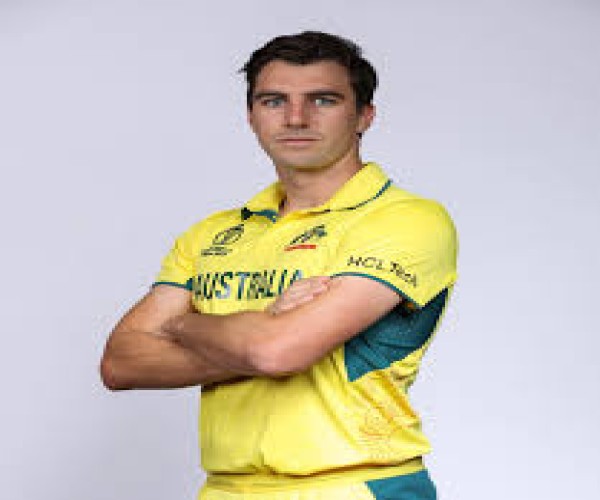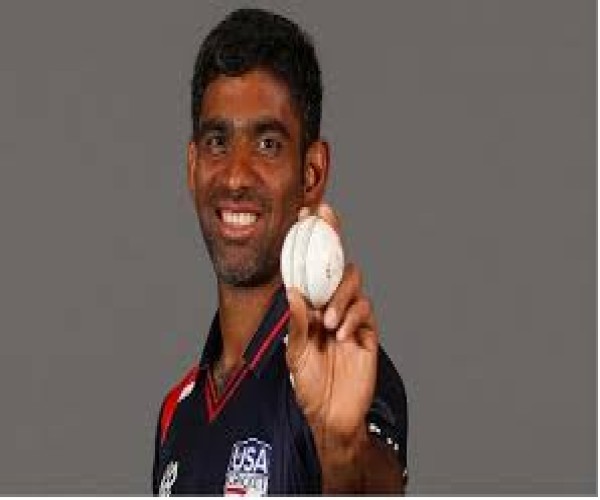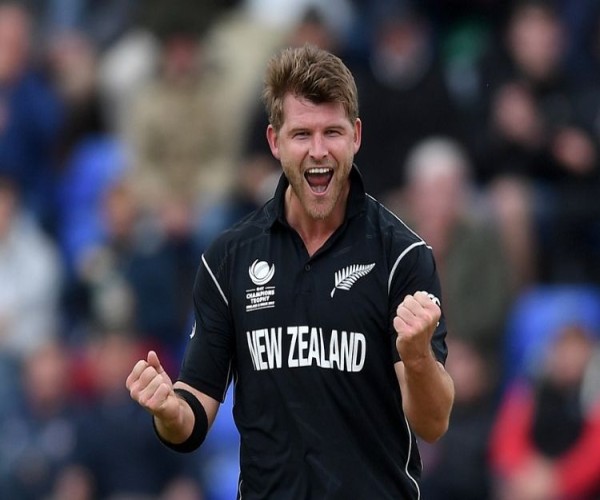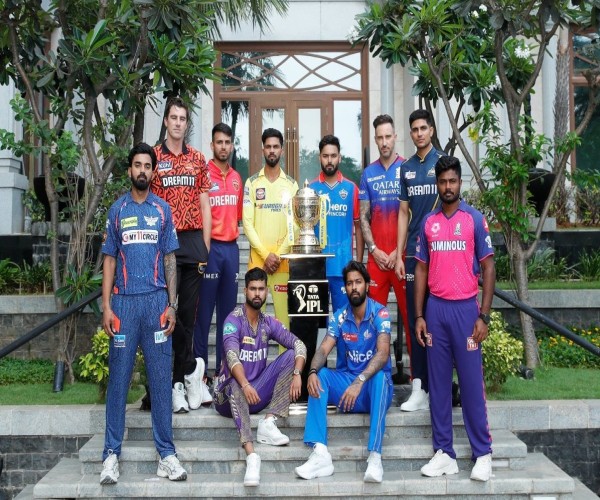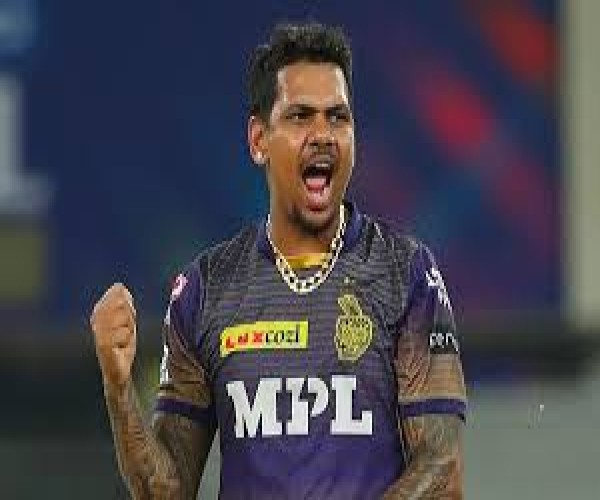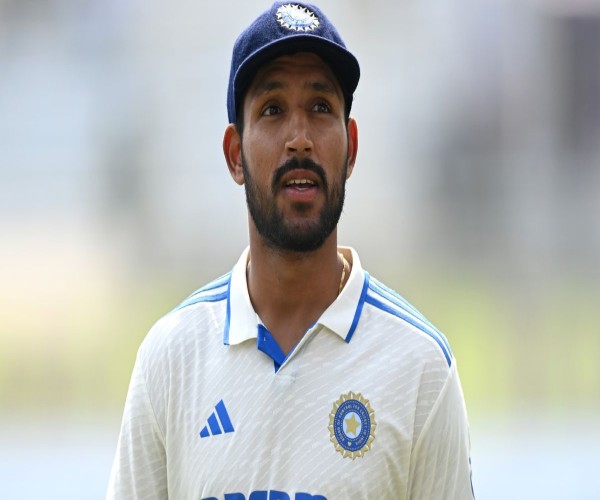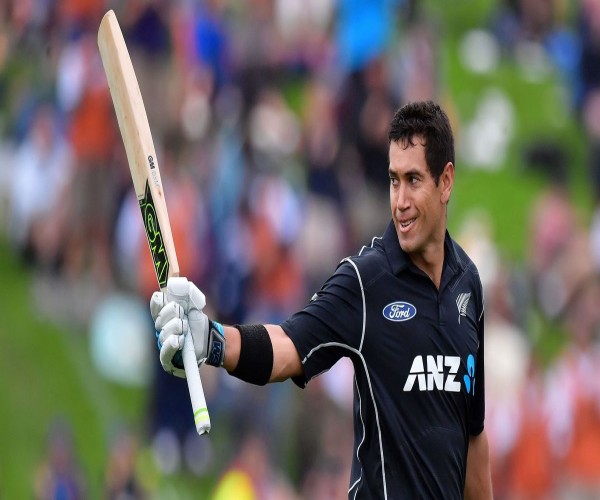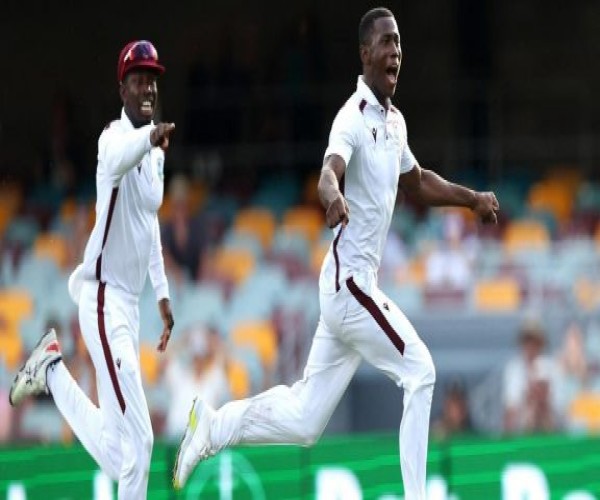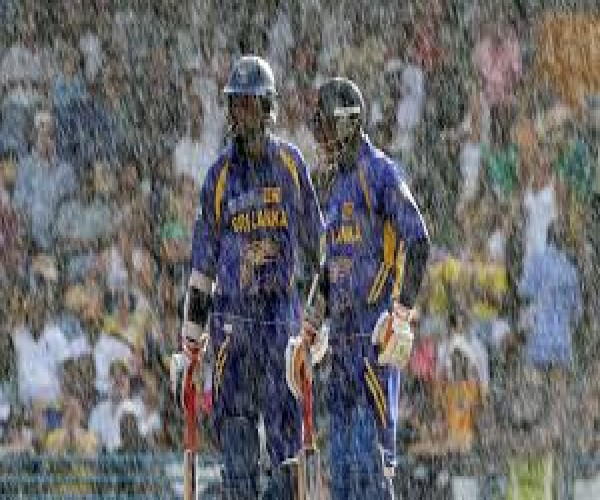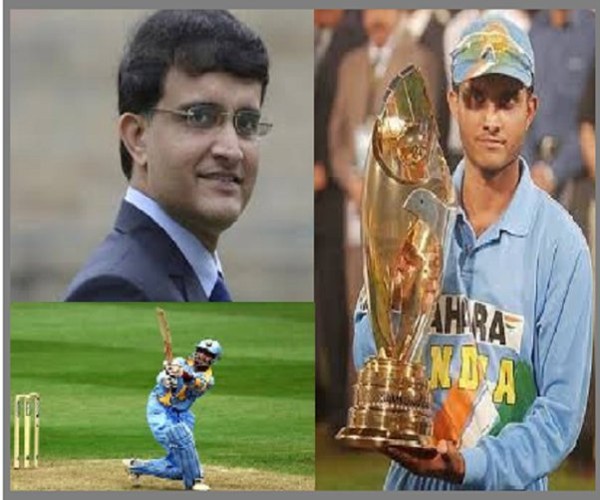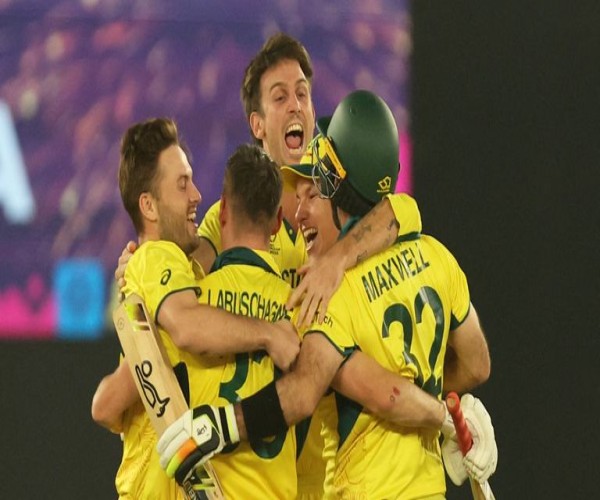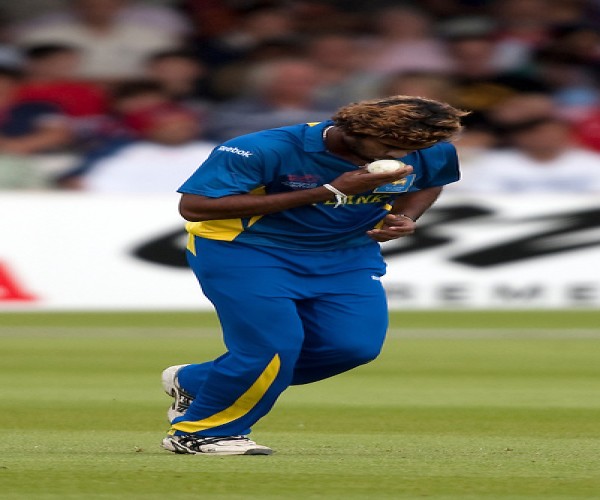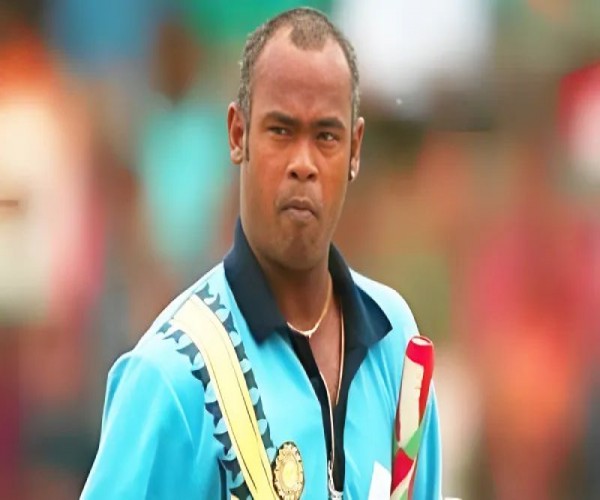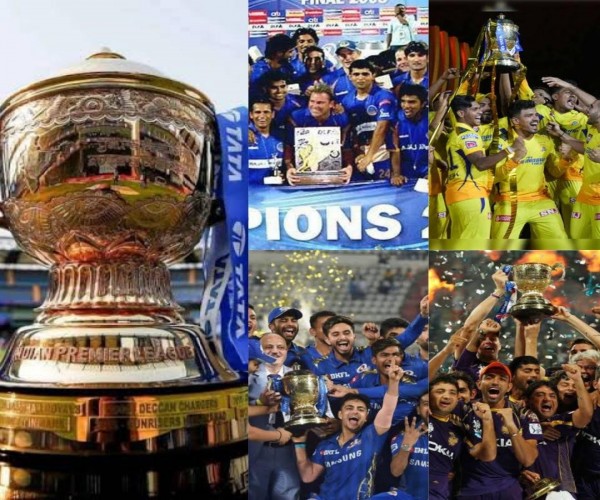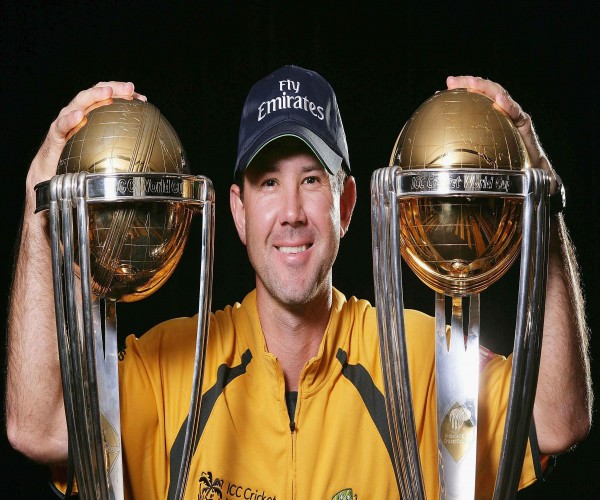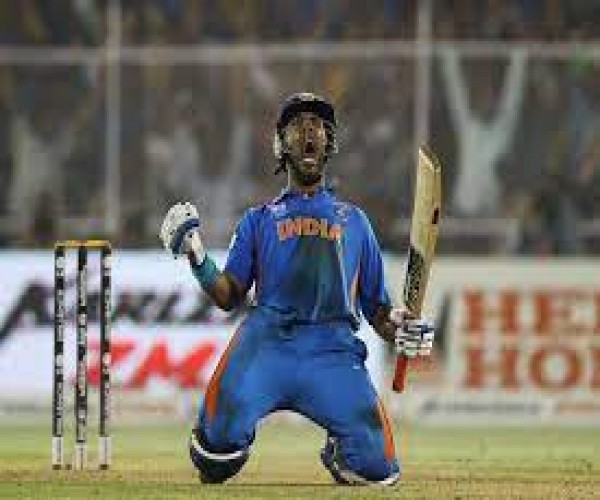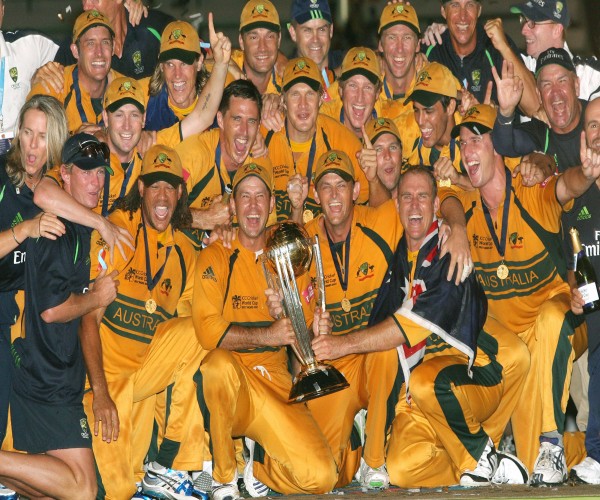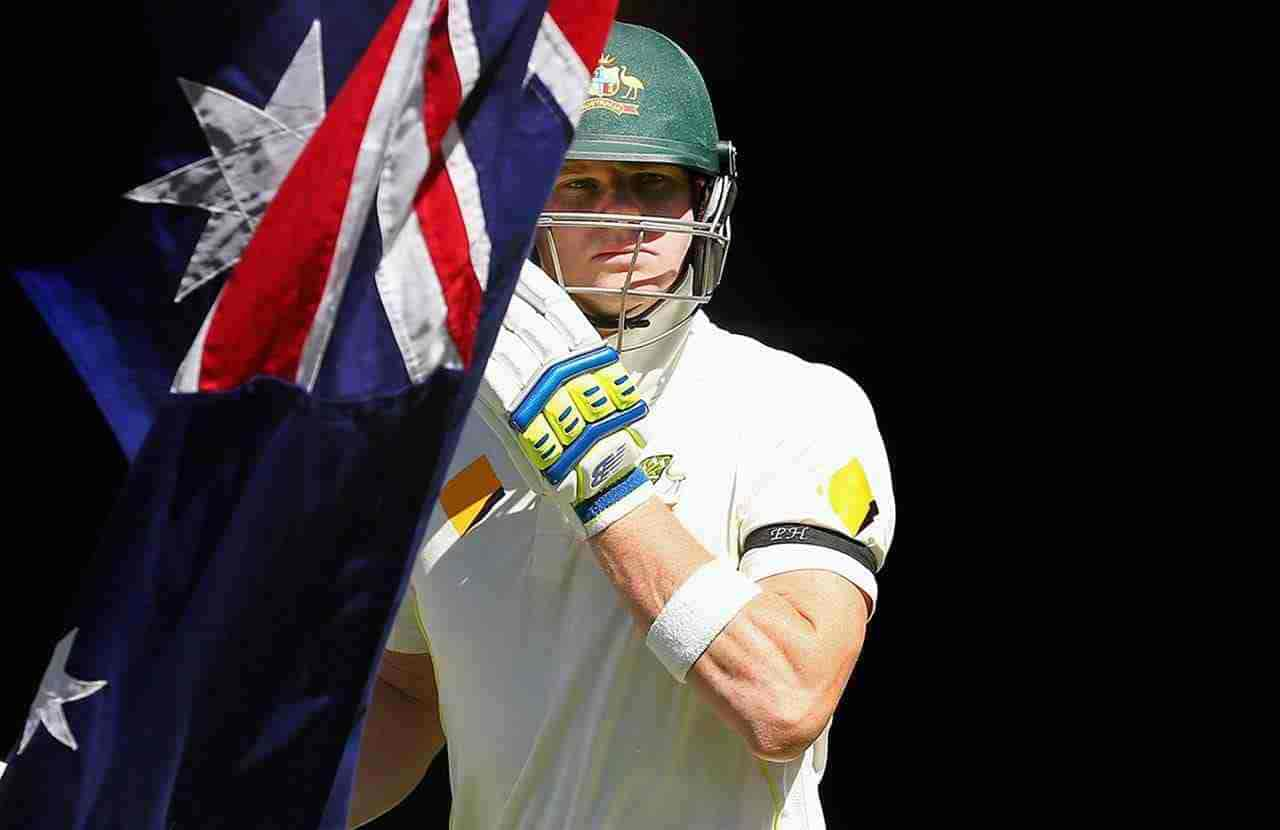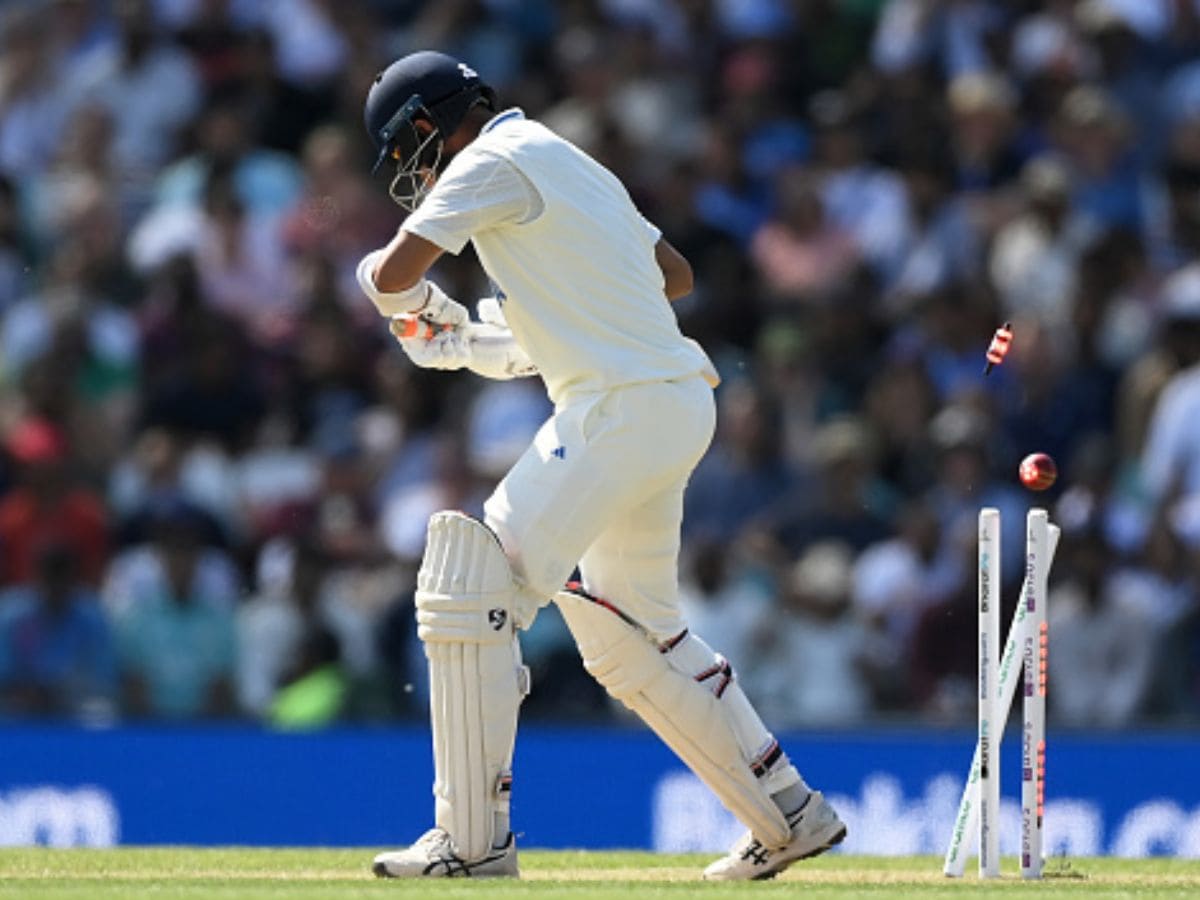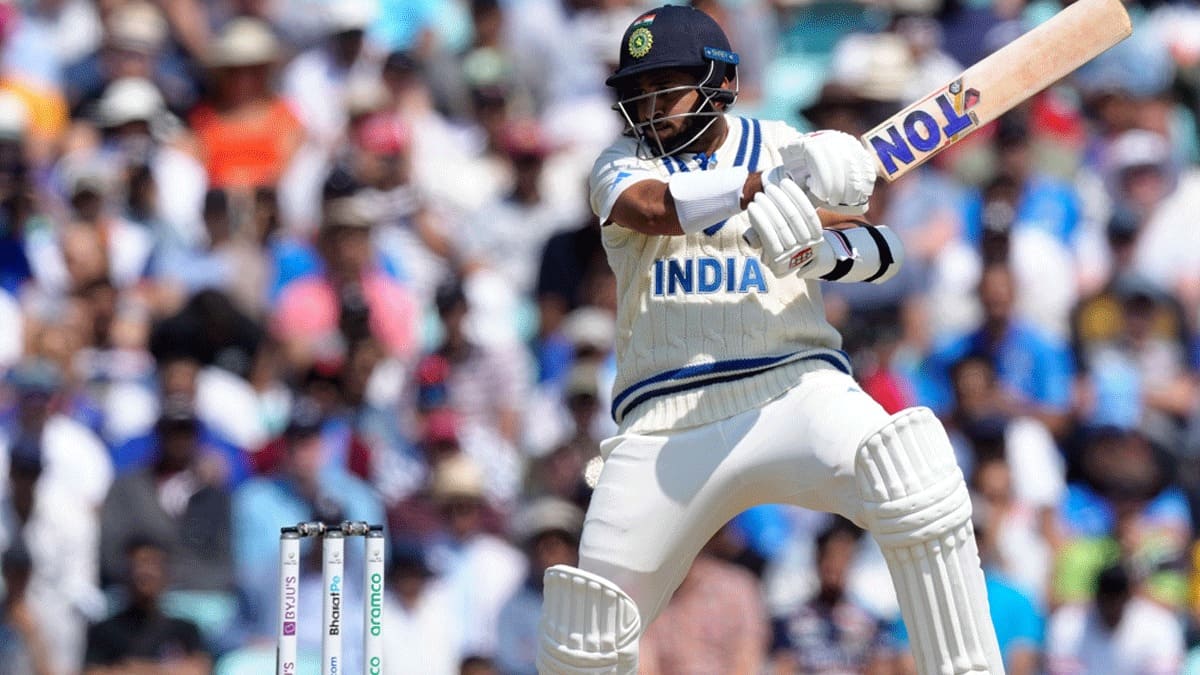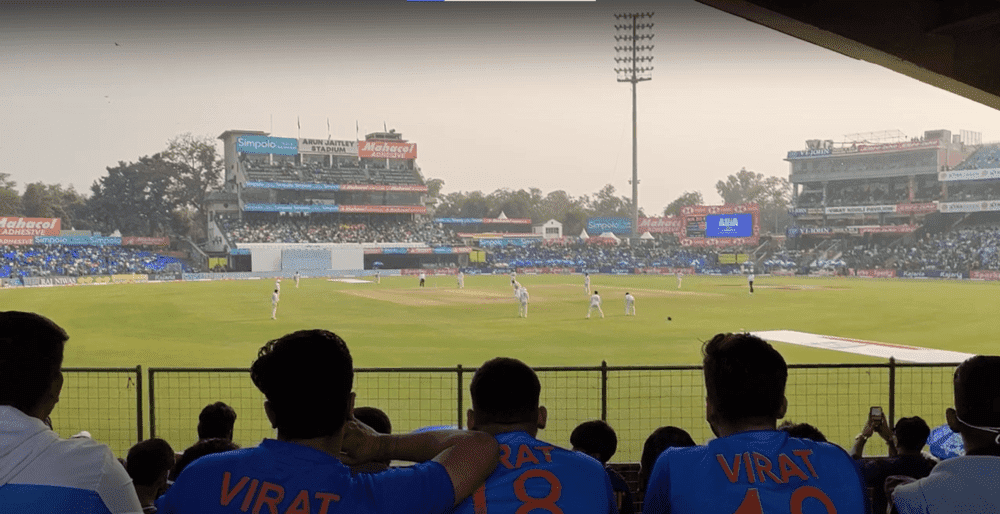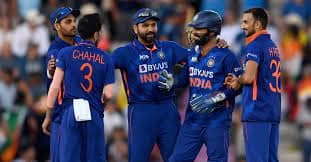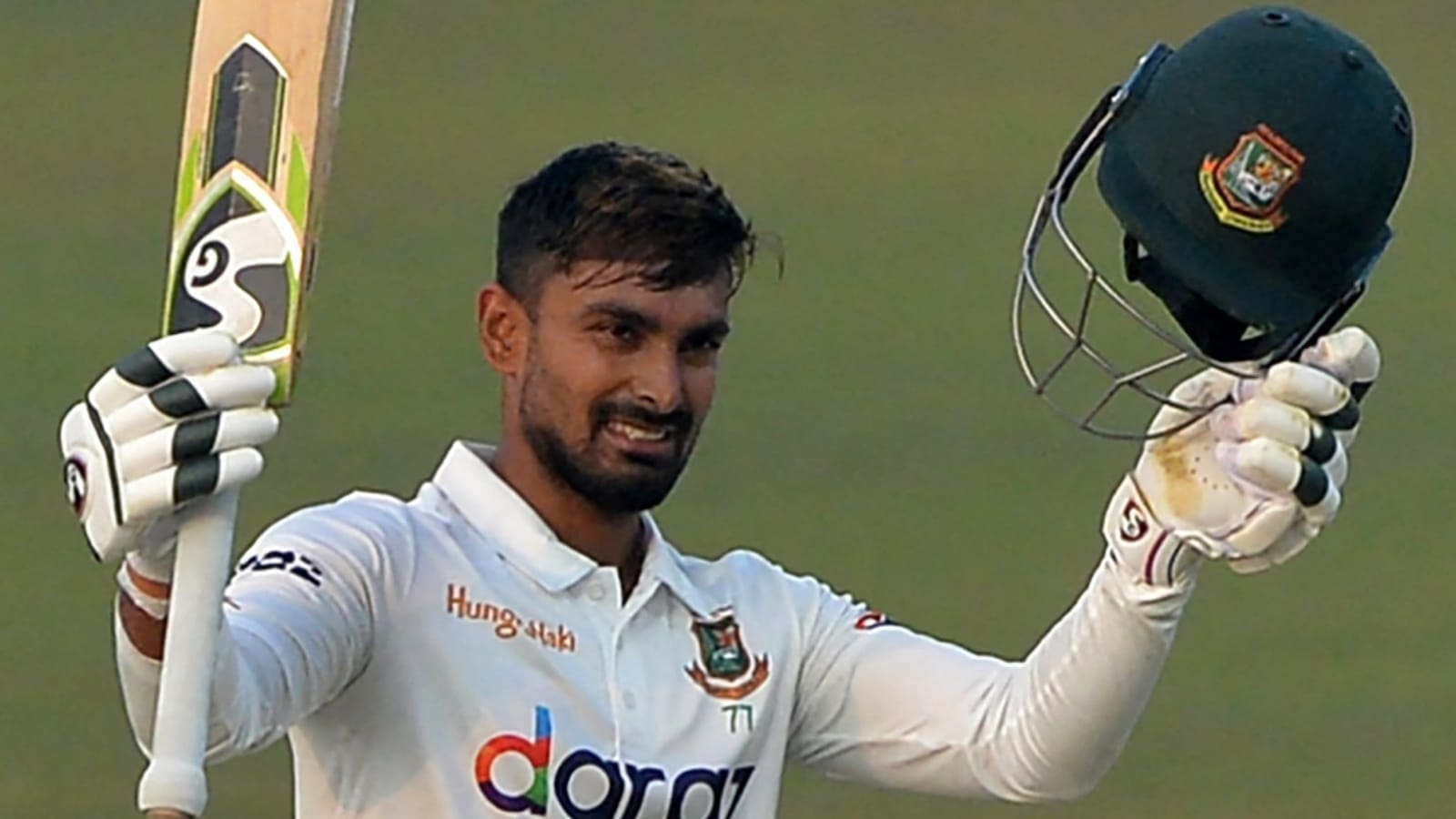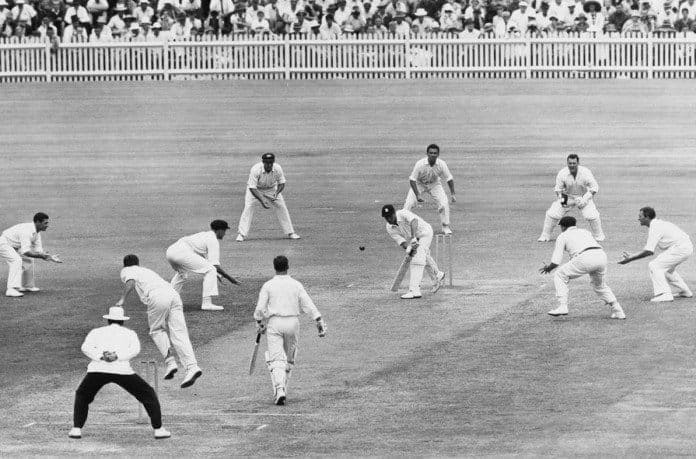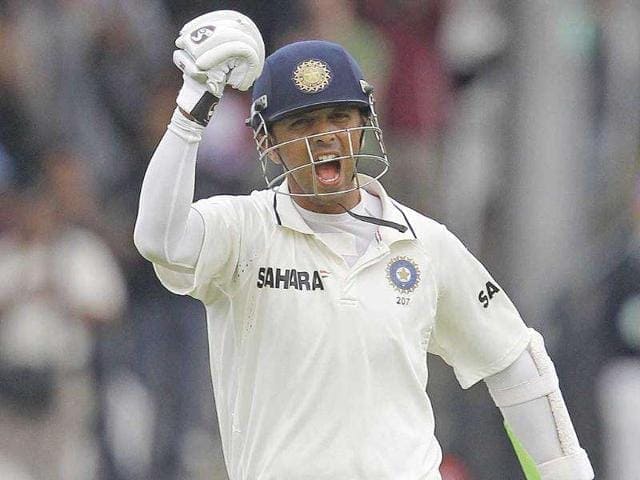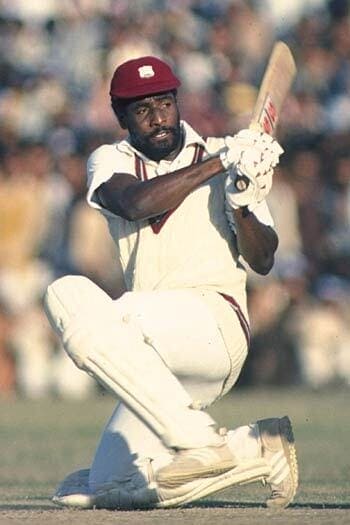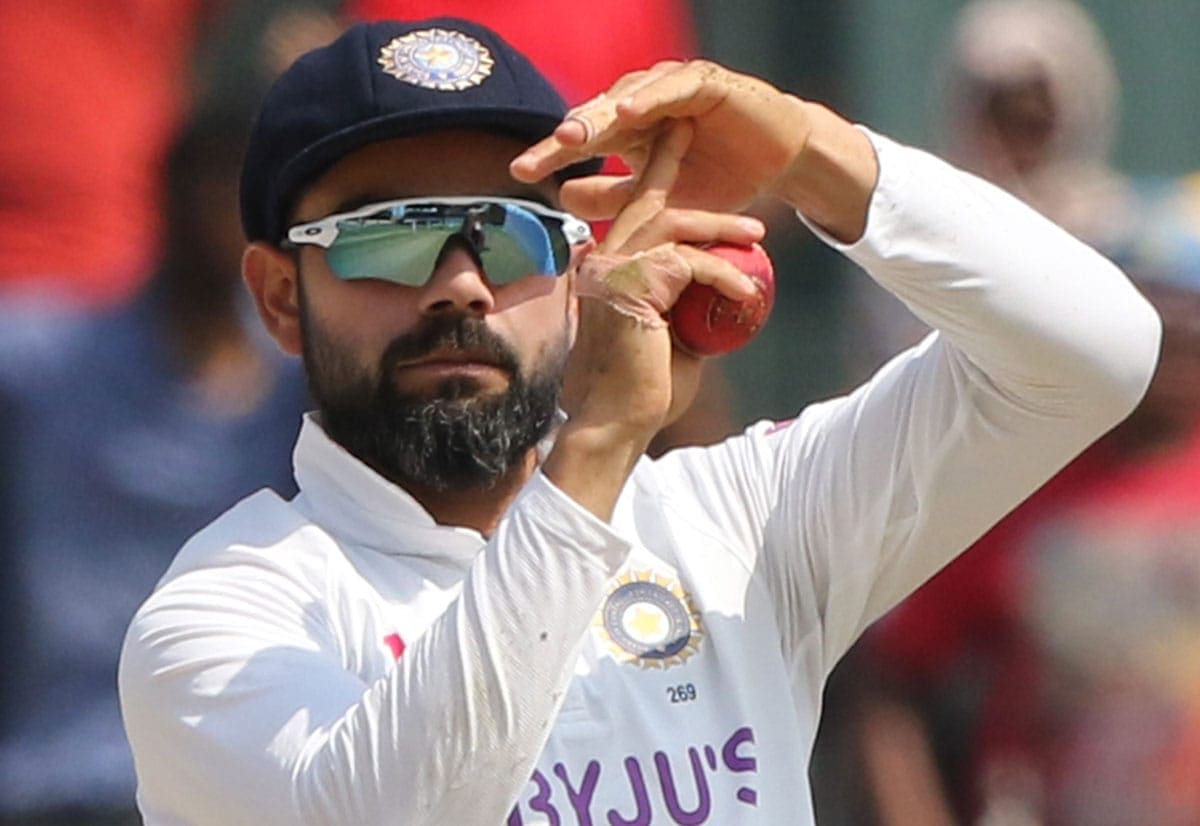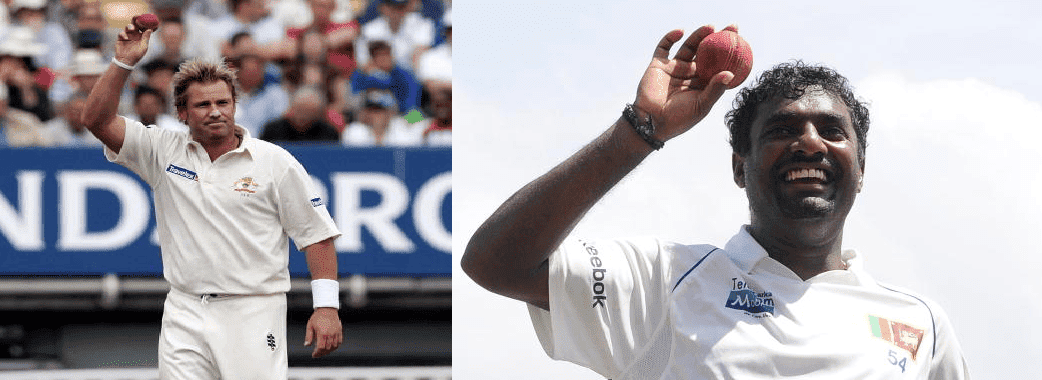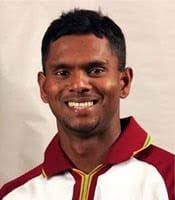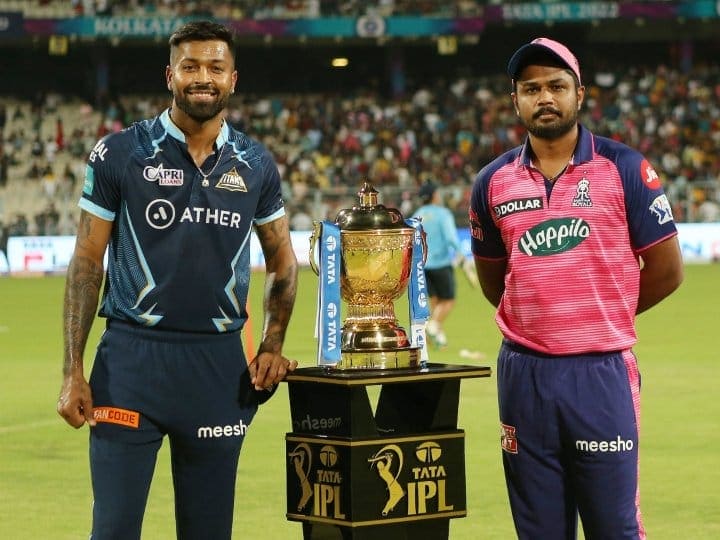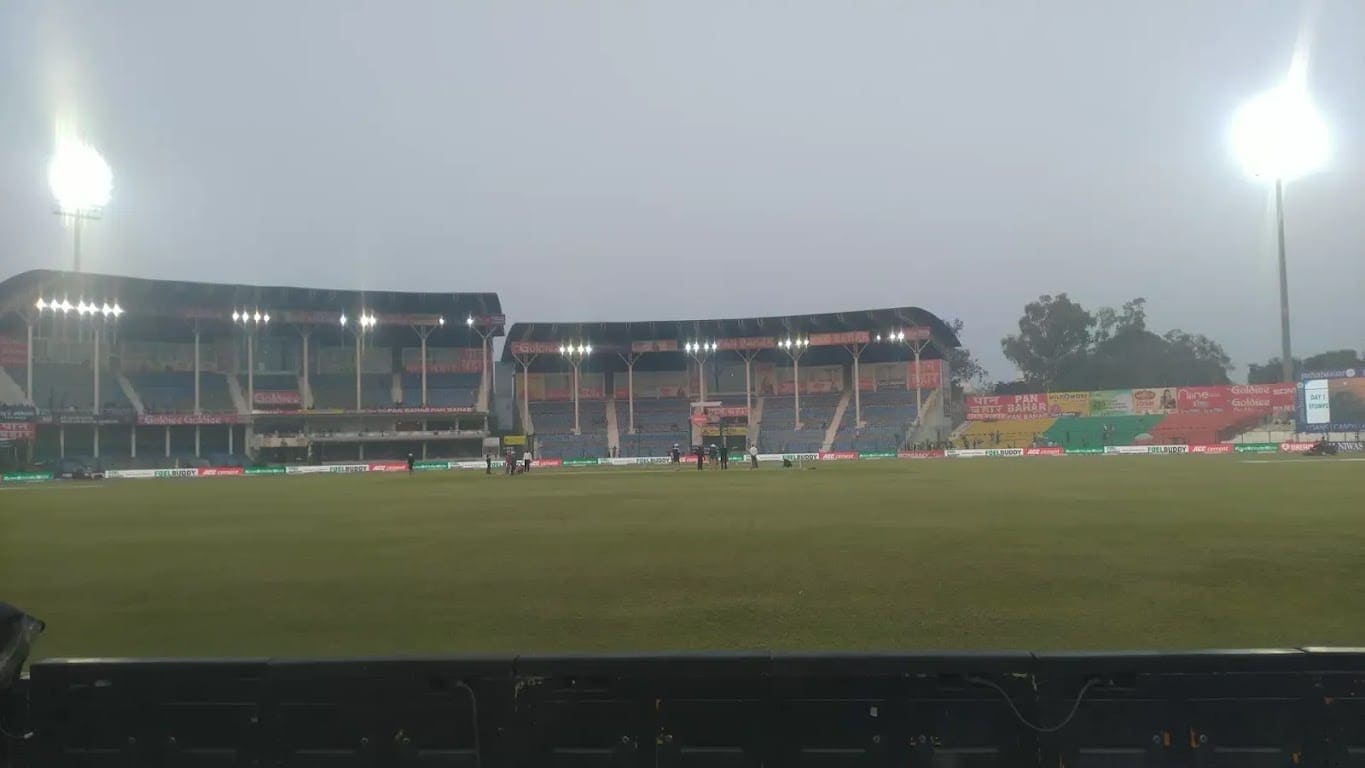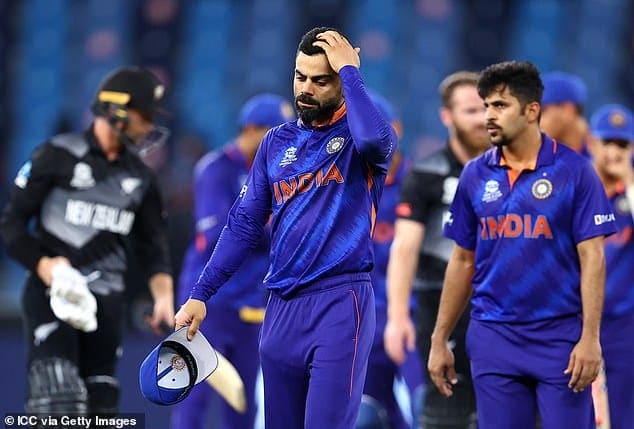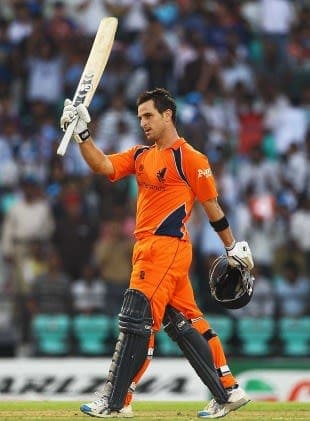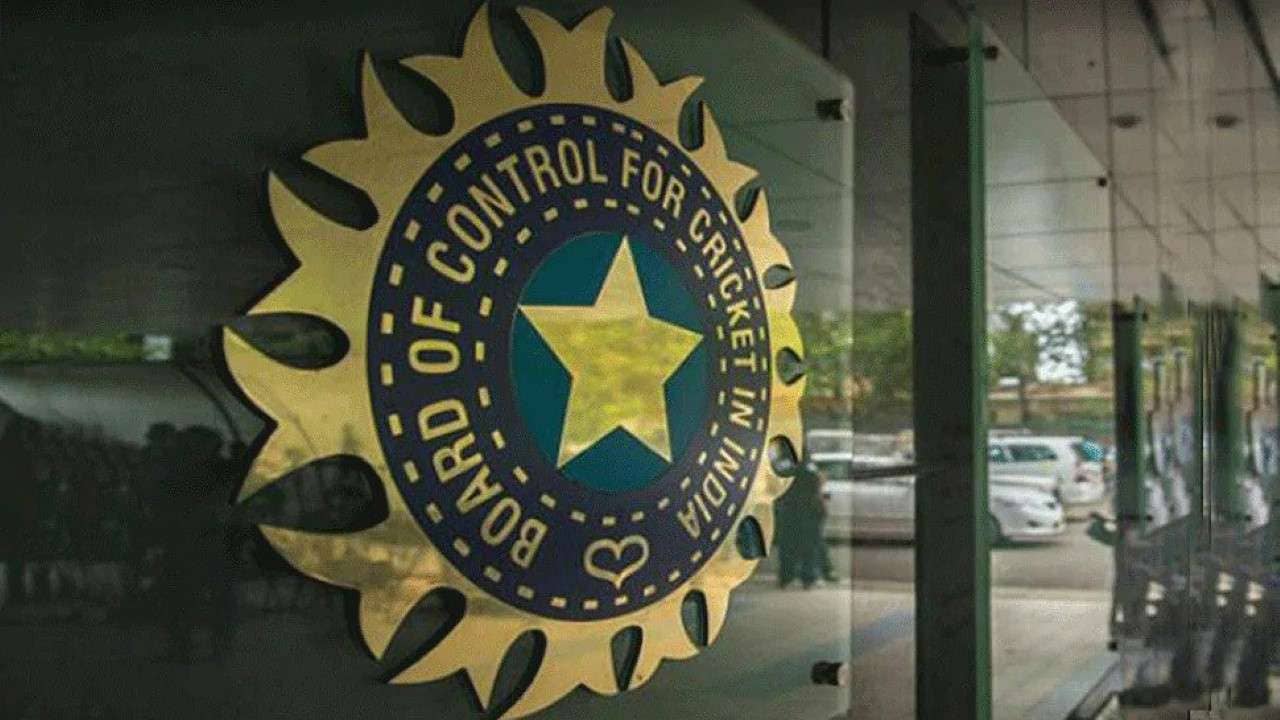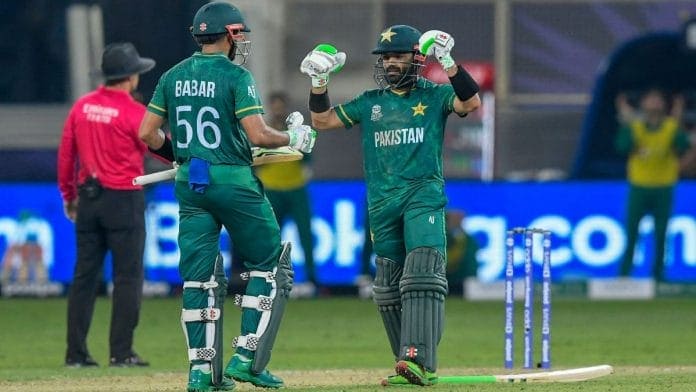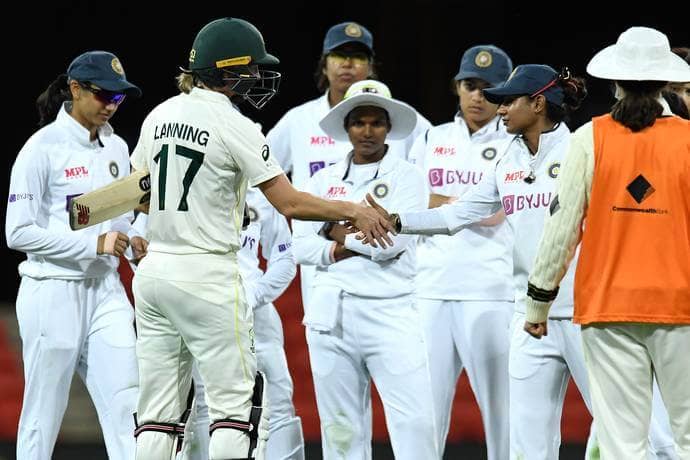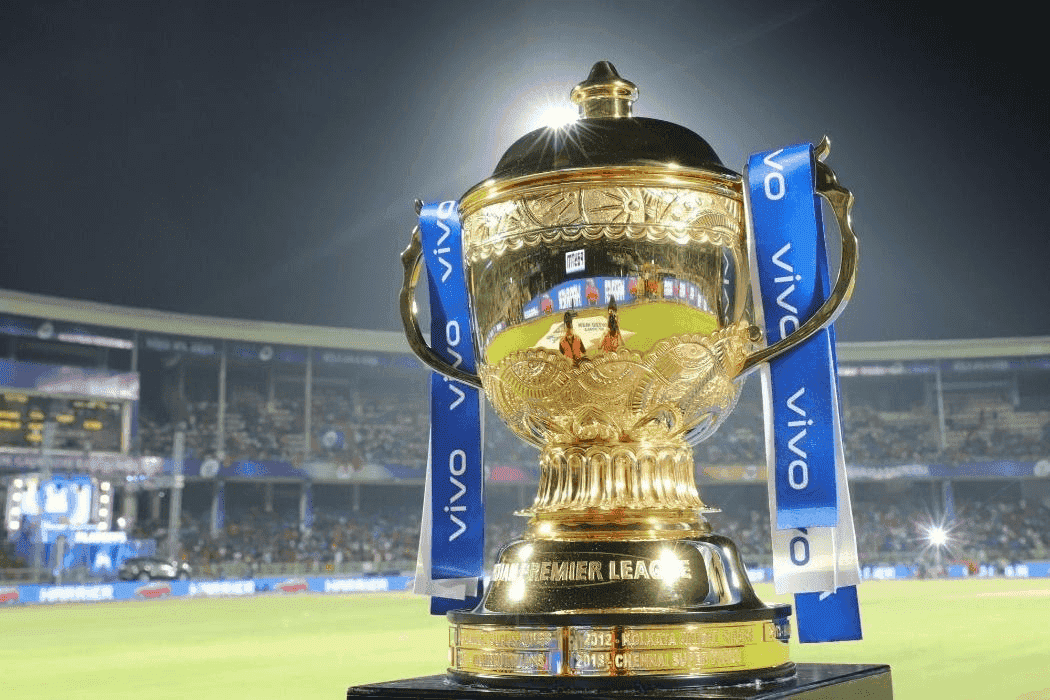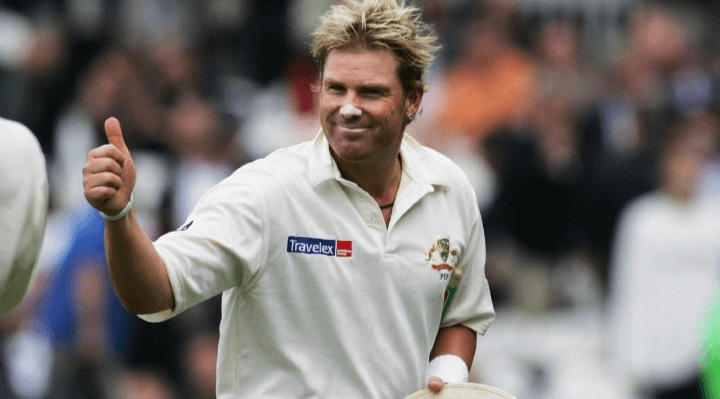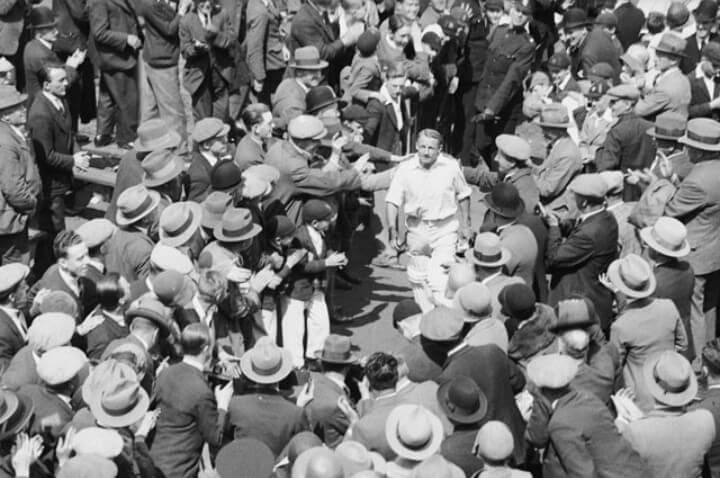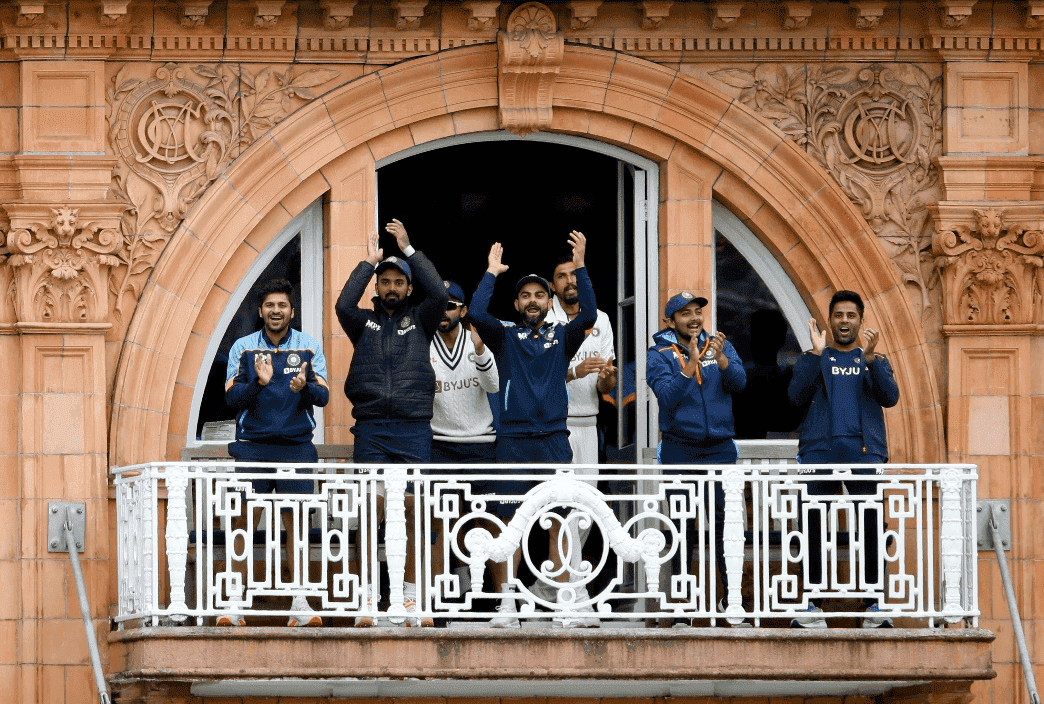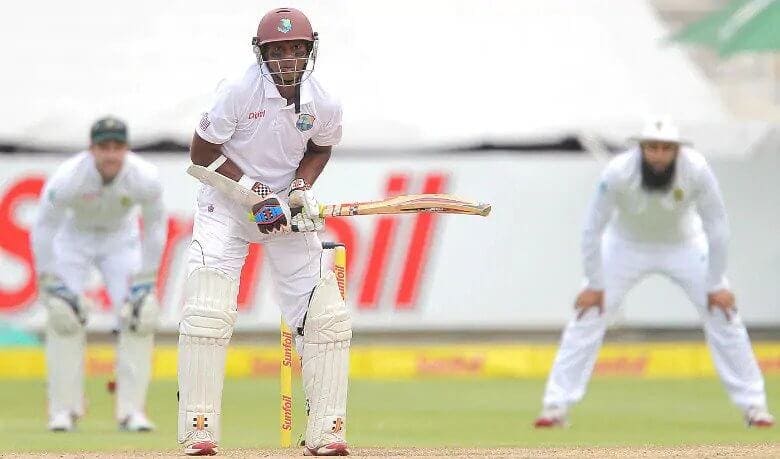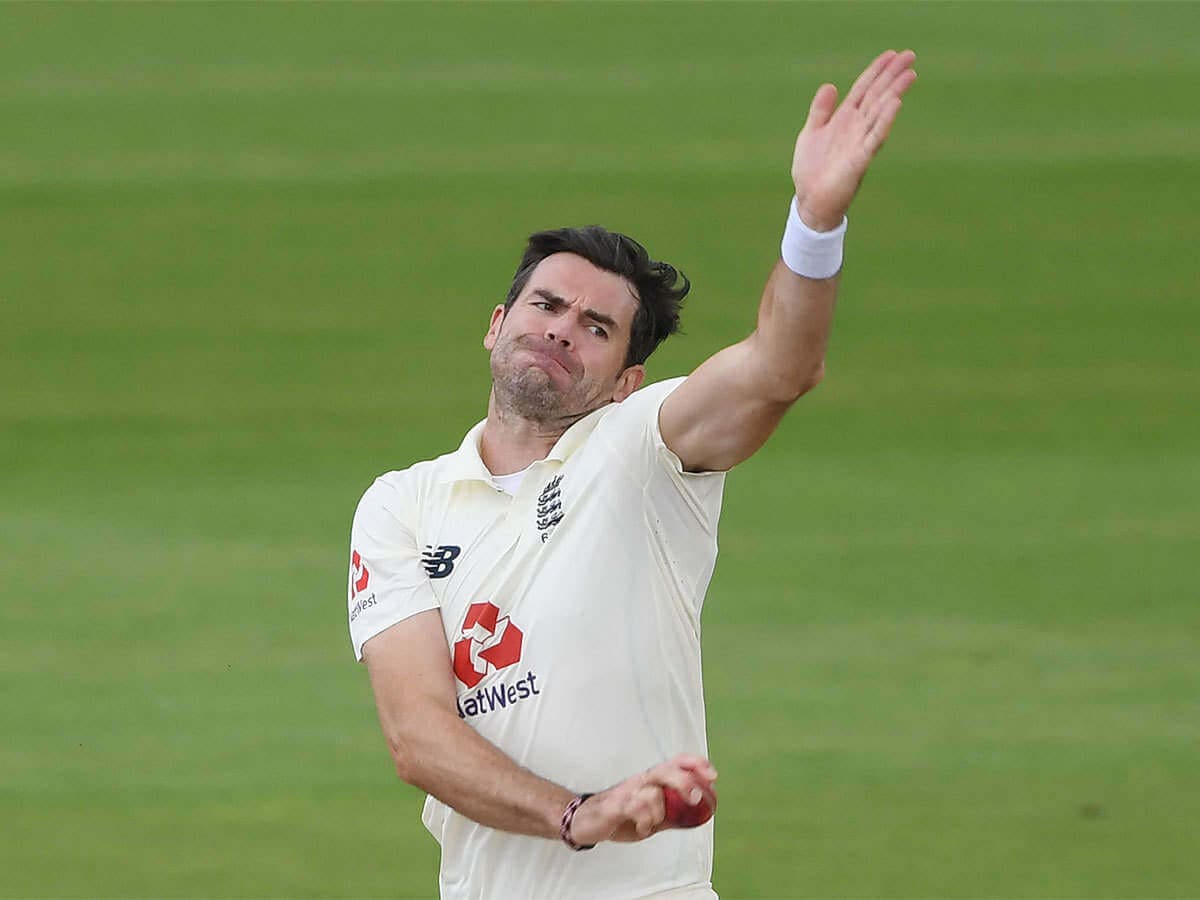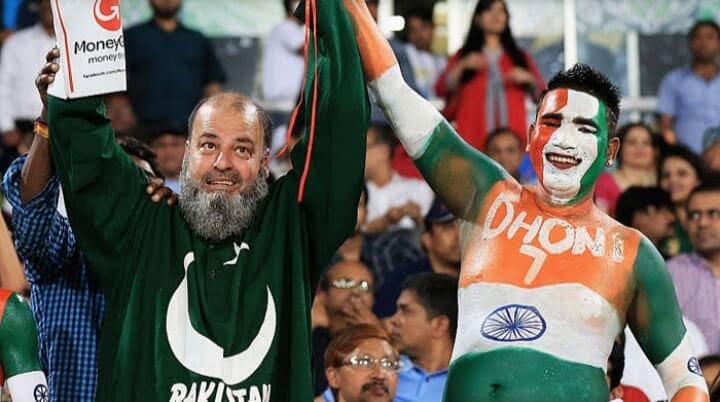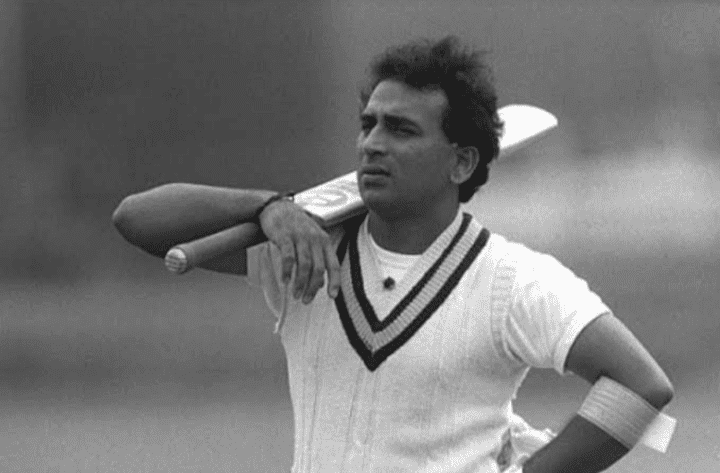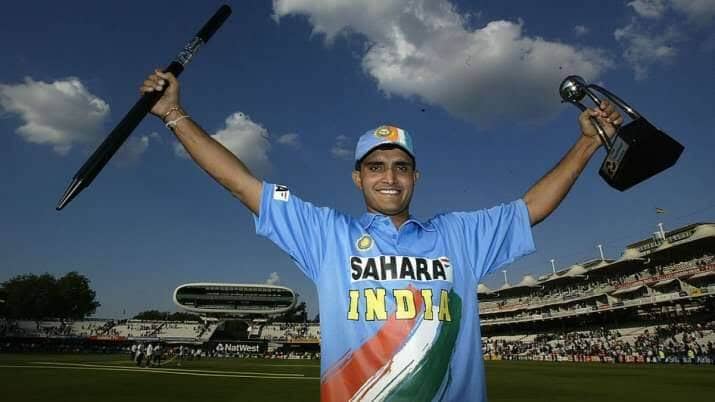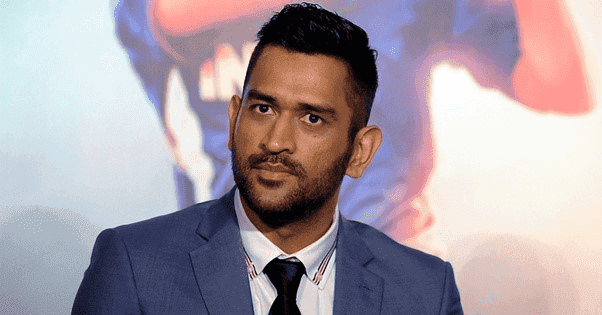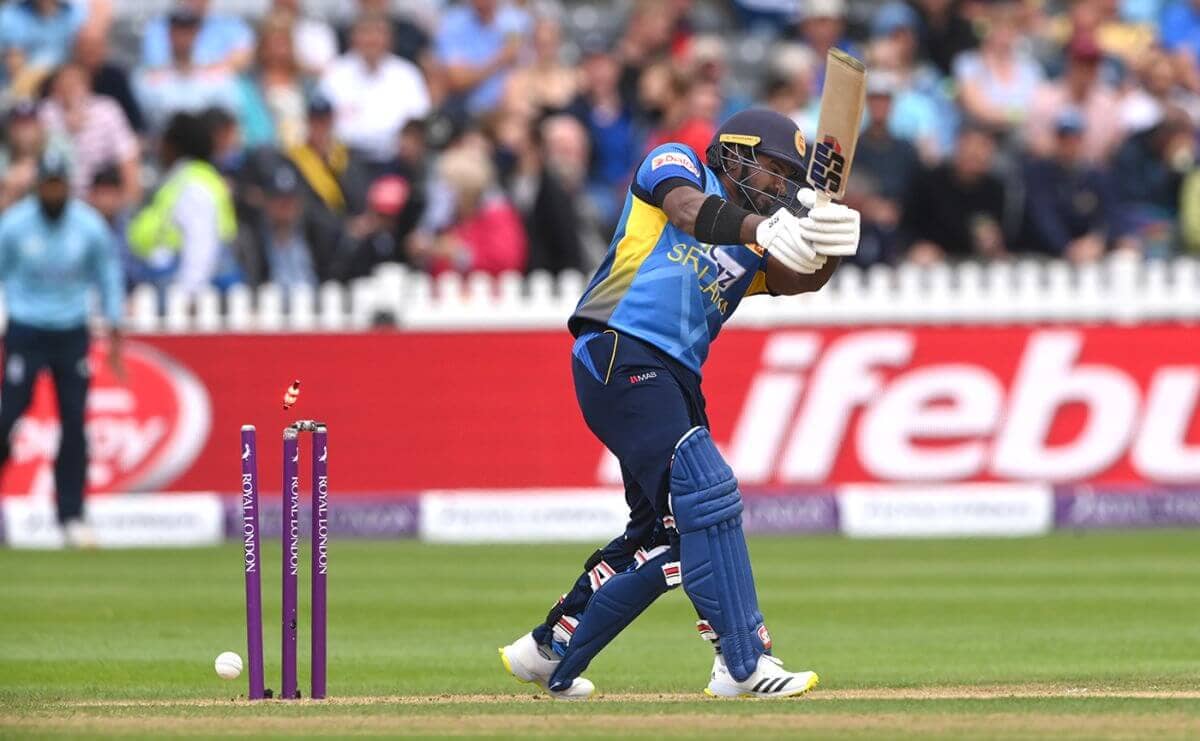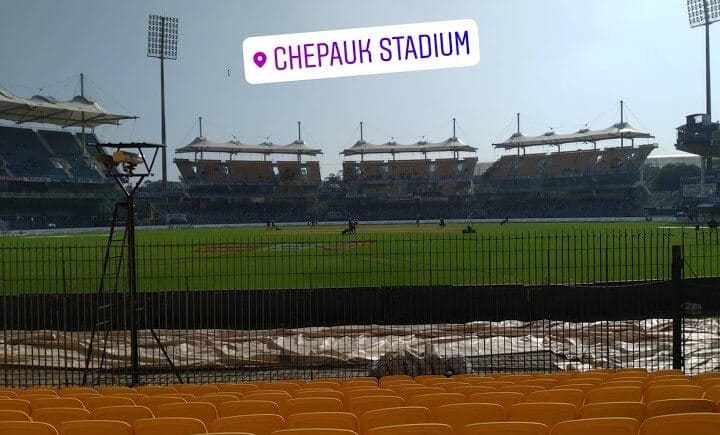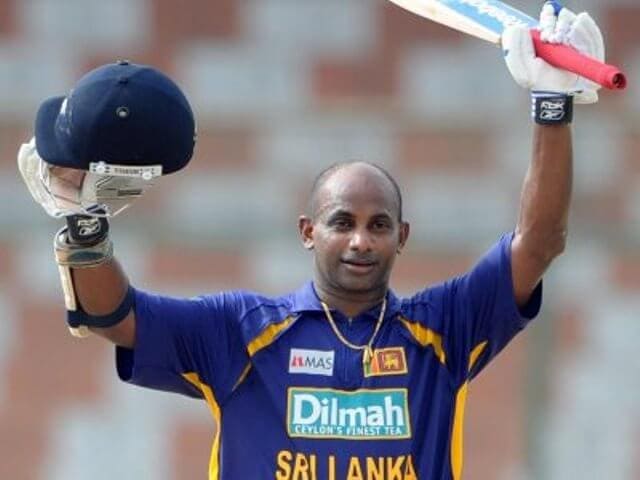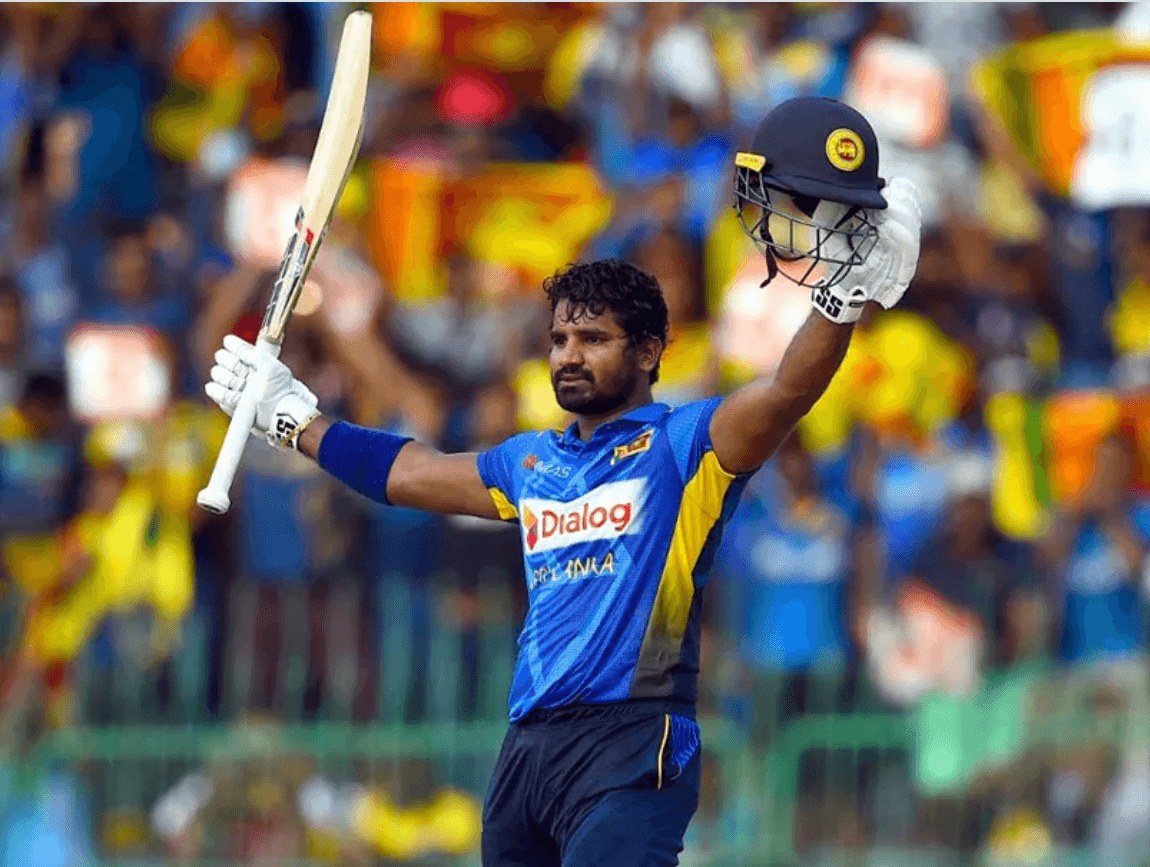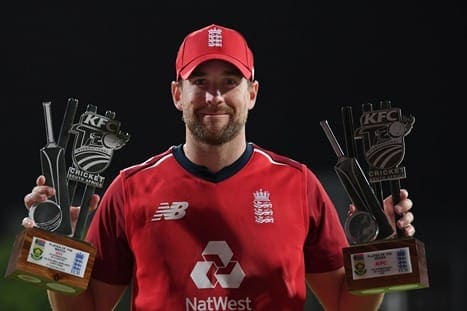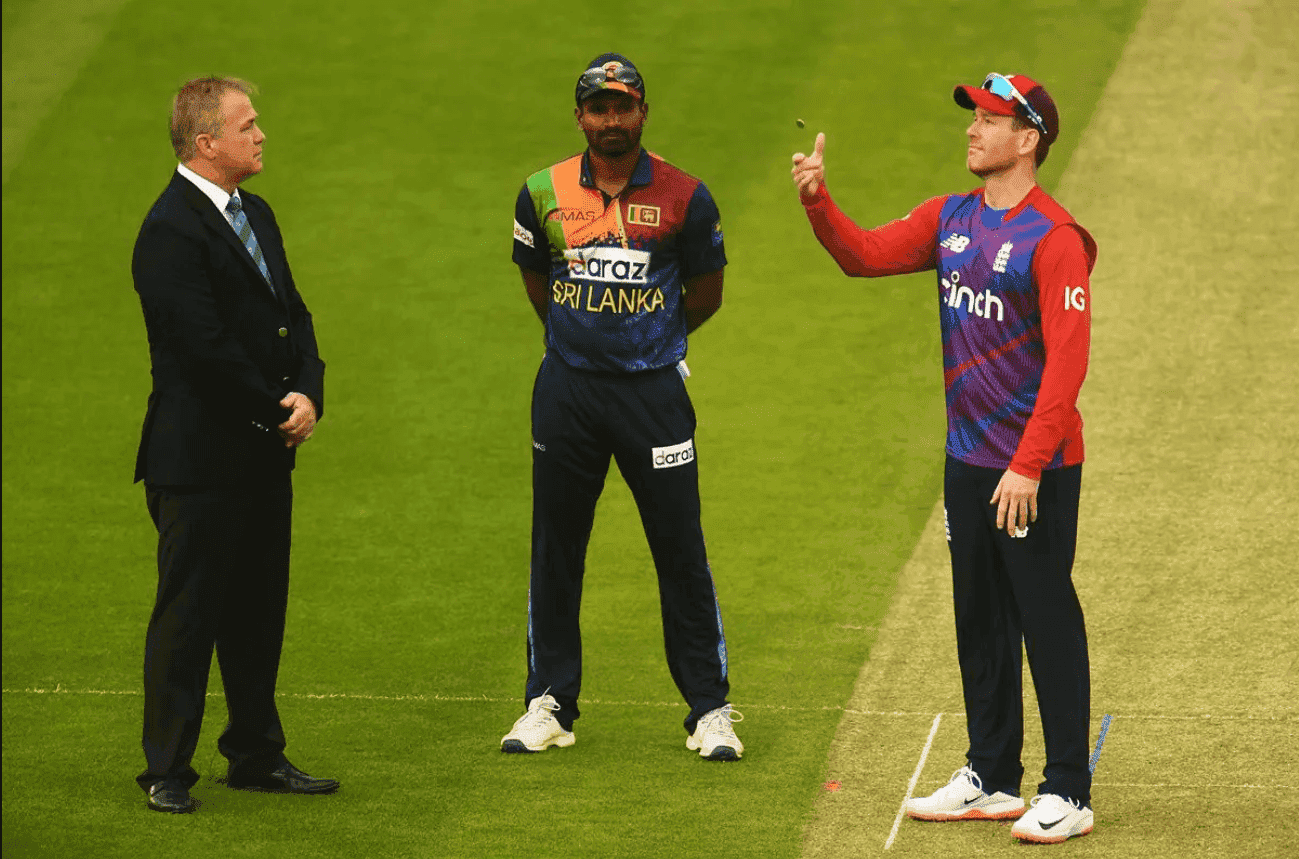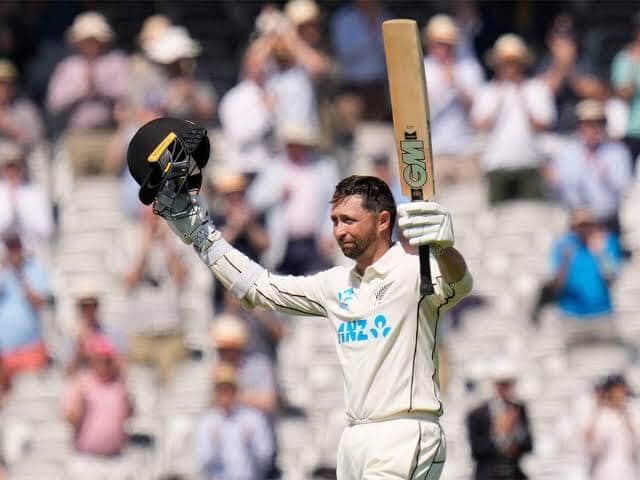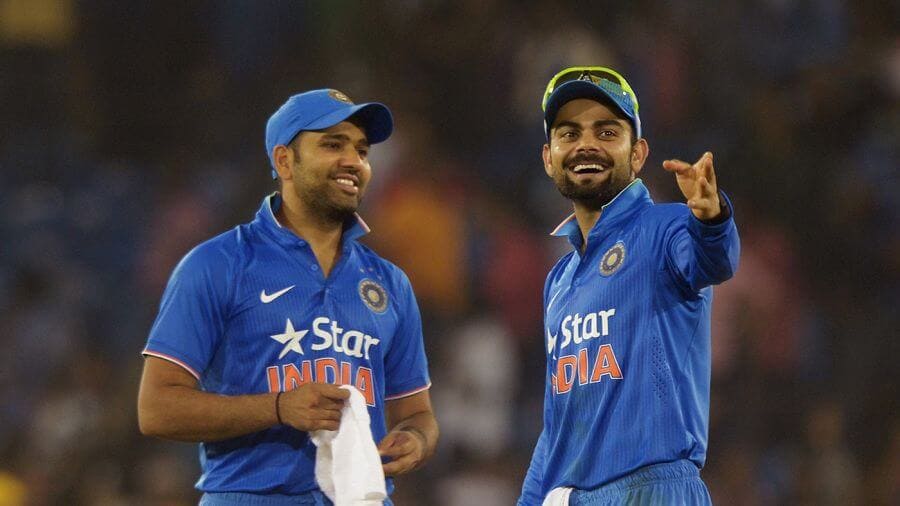
For the English fans, watching their cricket team play against Sri Lanka was an almost therapeutic exercise. Gareth Southgate bore the brunt of much criticism – as well as appreciation – on the local sports pages during the national team’s ongoing Euro 2020 campaign. The tournament itself might have come around one year later than it was supposed to, but appreciation for the English manager’s tactics was delayed right up till the moment people realised that his strategies have some merit to them.
Morgan’s men are the part of a much more lowkey ‘league’ – the ICC’s newly introduced ODI Super League. It started on 1 May 2020, and is going to continue till 31 March 2022. The world’s top 13 teams have been pitted against each other, with the top eight sides at the end of this cycle directly qualifying to the World Cup.
With each win giving a side 10 valuable points, there was added context to the three-match ODI series between England and Sri Lanka. The former dropped only five points throughout the tour, in the final encounter, and that too because of the inclement weather. Unpredictable variables like these give their ruthless approach even more justification.
Consistency over experimentation
Before the 2019 World Cup, teams like India and England often slotted fringe players into their eleven once a bilateral series had been sealed. This allowed them to figure out their best combinations in these ‘dead rubbers’, while also using the disparity between the two sides to give all their players essential match practice.
But the added context to every match has made Morgan err on the side of caution. Despite knowing the match would be wrapped up even before the new ball had lost its swing if he did so, he asked Sri Lanka to bat first in all three ODI matches. The English bowlers continued to make merry of favourable conditions to trouble the visiting batters too often for them to ever truly be in the contest.
Key performers (almost everyone who played, really)
One of the added advantages of playing with such a concise batch of players is that everyone performed at some time or the other during these six matches. Sam Curran took 5/48 in the 2nd ODI to cement his position in the England line-up. His brother, Tom Curran, regained some semblance of form after years of diminishing returns when he ripped through the Sri Lankan line-up, ending up with 4/35 from his quota by the time rain put a premature end to the contest.
Jonny Bairstow kept getting the side off to strong starts. His 51 (43) in the 3rd T20I was followed up by 43 (21) in the opening encounter of the ODI series, even though the unacquainted would have thought the formats were the other way around on reading just the scores.
Morgan recovered from a lean personal patch to make 75* (83) and guide his team home in their pursuit of another middling Sri Lankan total. Joe Root hit consecutive half-centuries in the only two encounters he got to bat in. His strike rate hovered above the 90s, with his strike rotation remaining unparalleled in international cricket.
The Player of the Series, though, was David Willey, who accepted he wouldn’t have been a part of the starting eleven if not for the spate of injuries amongst the more preferred bowlers. He took 9 opposition wickets at an average of 16.00. This gave fans a subtle glimpse of the England side’s much-fabled white-ball depth.
The beginning of a new era
A much-discussed question during the series, in the absence of more exciting on-field action, was this: does a team owe it to the fans to play exciting cricket?
England’s white-ball side has been the most entertaining cricket team in the world for close to six years now. Yet, Morgan’s unwillingness to compromise with the pressure applied on the opposition marked a clear shifting of eras – the presence of the ODI Super League has only accelerated this process.
If England had opted to bat first, they would probably have broken a few records along the way against an inexperienced Sri Lankan bowling line-up. Instead, Morgan put the opposition in to bat on each occasion during the ODI series. By being made to bat against an unrelenting bowling attack in foreign conditions, Morgan assured that every time the tourists did drop their shoulders, they would face tangible loss in the form of their wickets.
Willey claimed more wickets in the ODI series than the collective tally of the opposition bowlers. This is a rather dismal representation of the lack of exciting cricket during the series. But it was a perfect experience for multi-sports fans looking to rest their hearts in the backdrop of their country’s incredible Euro run, and high-quality tennis at this year’s Wimbledon.
The road ahead for England
Morgan has presented the blueprint for how he wants the side to be led even after he’s gone. There are going to be no let-ups from now on. Irrespective of the quality of the occasion and the context of the immediate series, the team’s sights are going to be focused on the bigger picture at all times.
His team currently sits atop the Super League table, albeit having played three more matches than any other team featuring in it. They are favourites for winning the 2021 T20WC, which will see them become the first men’s cricket team to hold both World Cup trophies simultaneously.
But don’t let that prospect overwhelm you. Morgan and his men must have already won the World Cup in their minds, just as they did in 2019. Champion teams like England win matches long before they step onto the field to play them out, one triumph at a time.

